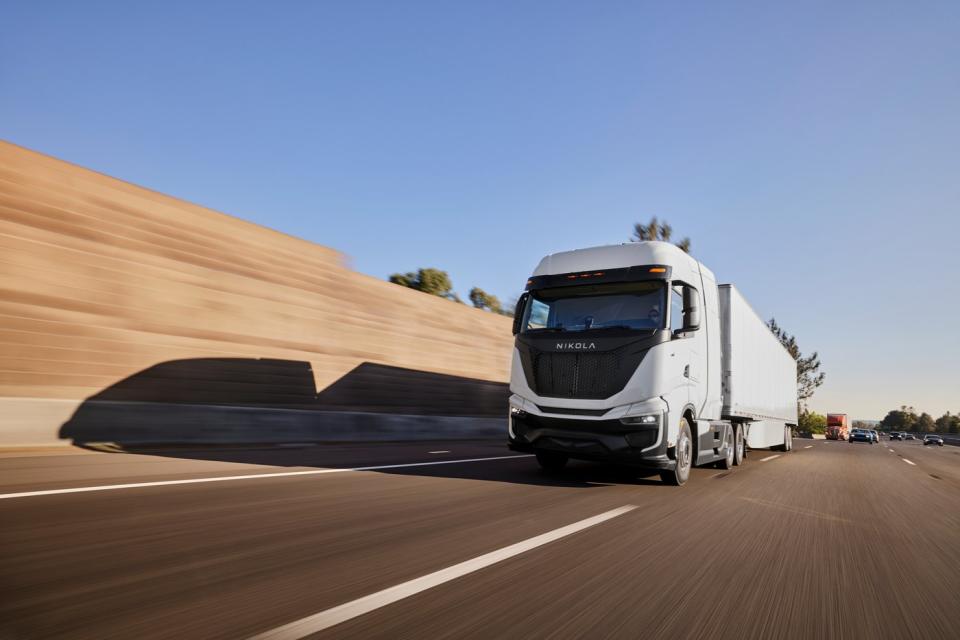SpaceX’s Starlink 10-2 mission finally rocketed into the Florida afternoon sky on Sunday. The 230-foot rocket bolted into the white clouds over the Space Coast, getting off the ground before another storm system had the chance to move in.
Liftoff came right on schedule, as weather had improved to 70 percent favorable. However, a storm system lurked off the coast to the south. Flying northeast, the rocket was able to avoid the concerning weather.
Approximately eight-and-a-half minutes after liftoff, the Falcon 9 landed on the droneship A Shortfall of Gravitas in the Atlantic Ocean.
When is the next launch? Is there a launch today? Upcoming SpaceX, NASA, ULA rocket launch schedule in Florida
Why was SpaceX Starlink 10-2 initially delayed?
Sunday’s launch was the same mission that suffered a rare T-0 abort on Friday, June 14. After that scrub, SpaceX moved the rocket and Starlink payload from the launch pad due to hardware issues, SpaceX’s vice president of launch Kiko Dontchev said on X (formerly Twitter).
That allowed SpaceX to proceed with Friday’s launch of a European satellite, the Astra 1P/SES-24 mission.
SpaceX Falcon 9 booster problems
Before SpaceX tried again to the get the Starlink mission off the ground, SpaceX apparently switched the Falcon 9 first stage booster. SpaceX always discloses which booster it’s using, and when this mission was originally scheduled to launch, SpaceX said it was launching on a booster that had previously launched SES-22, ispace’s HAKUTO-R MISSION 1, Amazonas-6, CRS-27, Bandwagon-1 and 10 Starlink missions.
However, for Sunday’s attempt of this mission, the booster used was stated to have launched the NASA Crew-6 mission, mPOWER-B, USSF-124, and seven other Starlink missions, indicating the company changed out the booster.
No other official statements have been released by SpaceX.
Next SpaceX rocket launch from Cape Canaveral, Florida
If weather does not interfere, the next launch the Space Coast will see is a Falcon Heavy − which is three SpaceX Falcon 9 rockets combined into one triple-core heavy lifter.
Liftoff is set for 5:15 p.m. Tuesday from Kennedy Space Center with a two-hour backup window. However, the 45th Weather Squadron predicts only 30% favorable conditions during the launch window.
The payload is the GOES-U mission, which is the latest weather satellite for NOAA. GOES-U will look at storm formation in the western hemisphere of Earth, and even solar weather from the sun.
Follow the FLORIDA TODAY Space Team for the latest from the Space Coast.
Brooke Edwards is a Space Reporter for Florida Today. Contact her at bedwards@floridatoday.com or on X: @brookeofstars.
This article originally appeared on Florida Today: Falcon 9 launches into the clouds as SpaceX gets mission into orbit
Signup bonus from




